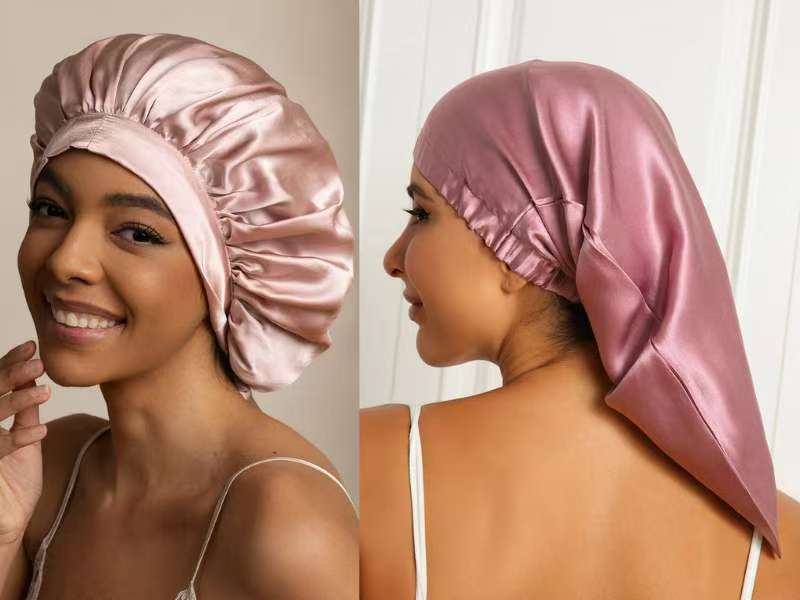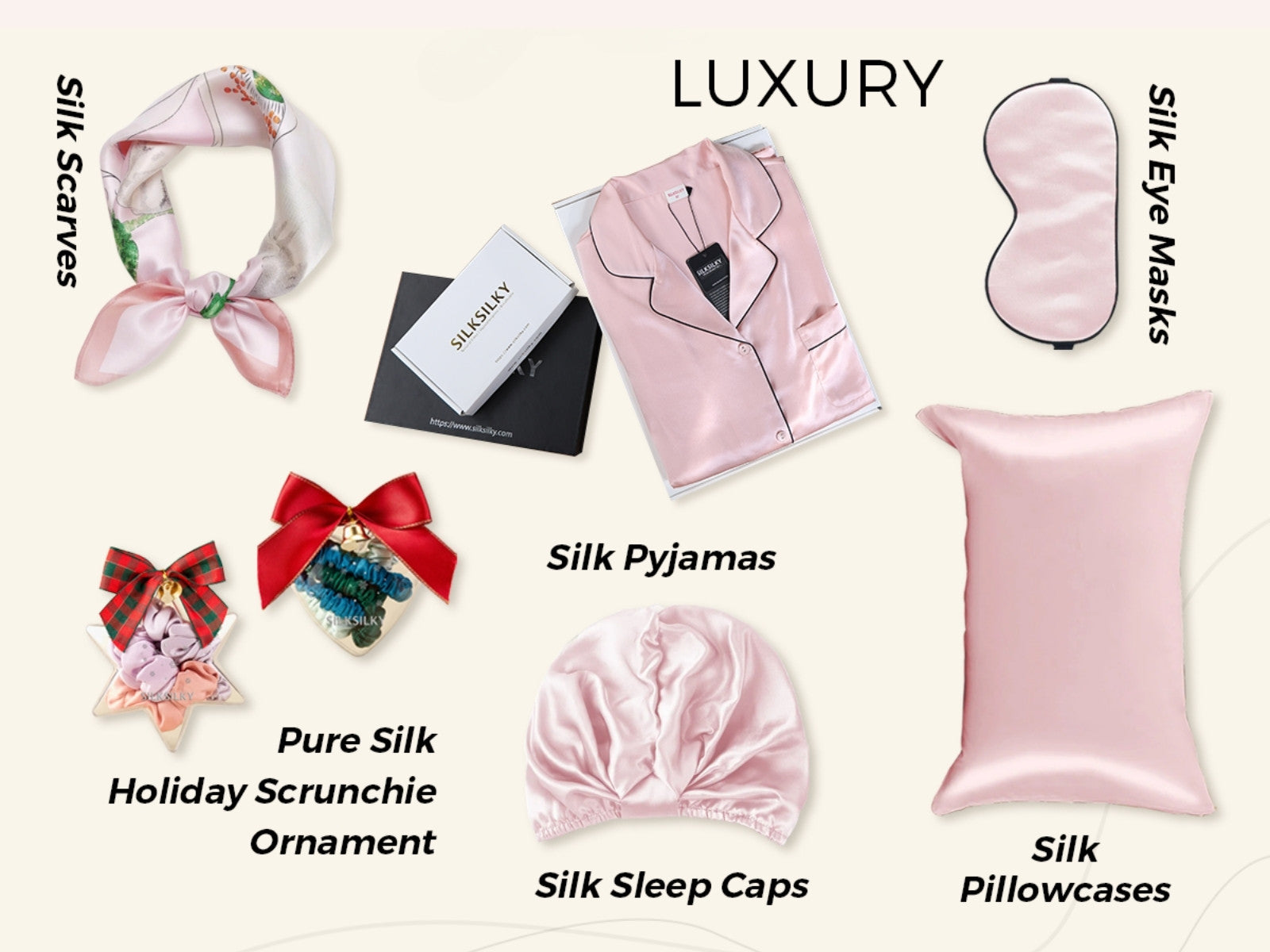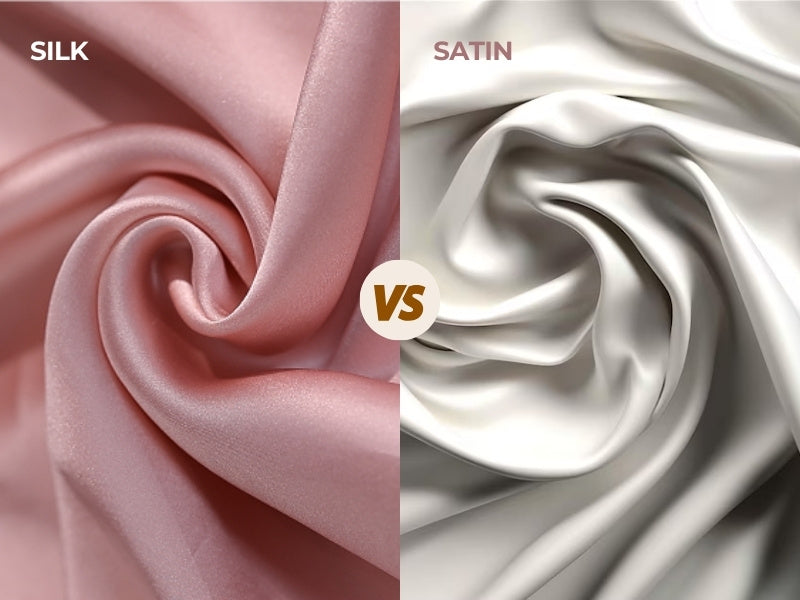Can I Go to Bed With Wet Hair?
Table of Contents
Many of us enjoy an evening shower to wash away the day's stress. It’s the perfect way to unwind. But then comes the dilemma: endure the hot, noisy buzz of a blow dryer, wrestling with a brush at awkward angles, or simply head to bed with damp locks? Often, the latter seems like the easier, more relaxing option.
But is it a good idea? While you might save some time and effort, sleeping with wet hair isn't always the best choice for your hair's health or your overall comfort.
Why is it Not a Good Idea to Sleep with Wet Hair?
Going to bed with wet hair isn't generally recommended for several reasons, beyond just waking up with unpredictable, "wonky-looking" tresses.
1. Increased Hair Breakage and Damage:
Your hair is at its weakest when wet. The protein structures (keratins) that make up your hair form weaker bonds when saturated with water, making each strand more elastic but also more prone to snapping. As you toss and turn in your sleep, the friction between your wet hair and your pillowcase can stretch and pull on these vulnerable strands, leading to breakage, split ends, and frizz. This is especially true for chemically treated hair, which is often more fragile to begin with. Repeated swelling from water absorption and then contracting as it dries (a process sometimes called hygral fatigue) can also weaken hair over time.

2. Potential for Scalp Issues:
A warm, moist scalp can be an inviting environment for bacteria and fungi to thrive. This doesn't mean you'll instantly develop a problem, but repeatedly sleeping with wet hair could contribute to:
- Fungal Growth: Fungi like Malassezia can lead to conditions such as dandruff or seborrheic dermatitis, causing an itchy, flaky, or red scalp. In some cases, other fungal infections like scalp ringworm (tinea capitis) could occur, leading to itchy patches and hair breakage.
- Bacteria and Irritation: Bacteria can also flourish, potentially leading to scalp irritation or even folliculitis (inflamed hair follicles). The general dampness itself can sometimes irritate the scalp.
3. Discomfort and Potentially Poorer Sleep Quality:
While the old tale about catching a cold from wet hair is largely a myth, discomfort is a real possibility. The moisture on your head can create a chilling sensation, especially if there's a fan on or the air conditioning is running. This can make you feel uneasy and potentially disrupt your sleep. A damp pillow isn't exactly the most comfortable thing to rest your head on either.
4. Possible Skin Concerns (Acne):
A damp pillowcase can become a breeding ground for bacteria, which can then transfer to your face and potentially contribute to acne breakouts by clogging pores. If you use hair products, these can also transfer to your pillow and then to your skin.
5. Dull, Lifeless Hair:
As your wet hair dries against your pillow, the fabric (especially cotton) can absorb not only moisture but also some of your hair's natural oils (sebum). This can leave your hair looking dull, feeling dehydrated, and lacking its natural shine once it's dry.
Avoiding Bed Head and Damage When Sleeping with Wet Hair
Sometimes, going to bed with wet hair is unavoidable. If you must, here are some tips to minimize potential damage and the dreaded "bed head":

- Blot Gently: After showering, use a soft, absorbent microfiber towel or a hair turban to gently blot and squeeze out excess water. Microfiber is generally gentler than traditional cotton terrycloth.
- Try a Cotton T-Shirt: If you don't have a microfiber towel, you can wrap your hair in a clean, soft cotton t-shirt for 10-20 minutes. The smoother fibers can help absorb excess moisture and reduce frizz.
- Never Rub Vigorously: Avoid rubbing your hair aggressively with any towel, especially if it's long. This is a surefire way to create frizz, tangles, and damage the hair cuticle.
- Consider a Loose, Protective Hairstyle: If your hair is long enough, loosely braid it or put it in a very loose bun on top of your head. Secure the ends with a soft, skinny silk scrunchie or a fabric hair tie that won't snag. This helps reduce friction and tangling.
- Use a Silk Pillowcase: To minimize friction and prevent your hair from snagging and frizzing, sleeping on a silk pillowcase is an excellent option. Silk is much smoother than cotton, allowing your hair to glide over the surface. It's also less absorbent than cotton, meaning it helps your hair retain its natural moisture. This can make a noticeable difference in how your hair looks and feels in the morning.
- Allow Some Air-Drying Time: If possible, let your hair air-dry as much as you can before hitting the pillow. Even damp hair is better than sopping wet hair. If you plan to style it in the morning, you can apply your usual styling products while it's damp.
- Consider a Leave-In Conditioner: Applying a lightweight leave-in conditioner can help to keep your hair moisturized and offer some protection against friction while you sleep.
Your Hair Will Thank You
Remember, wet hair is fragile hair. Prioritizing mostly dry hair before bed is key to its health, preventing breakage and that "wonky" morning look. Why not start a healthier hair routine tonight? Gently blot your hair dry and consider the game-changing benefits of a silk pillowcase – it’s praised for leaving hair smoother, softer, and less prone to friction damage. These simple steps, along with allowing ample air-dry time, will reward you with visibly healthier, shinier hair. Your hair will thank you.
![[Light Blue] SilkSilky Pure Silk Notch Collar Women's Pajamas 001,](http://silksilky.com/cdn/shop/files/ab83afb9301666ee2f174a8ae72ffda4_4e9bb488-7880-40fe-9e69-f0fd823857c5.jpg?v=1764653199&width=1200)
![[Light Blue] SilkSilky Pure Silk Notch Collar Women's Pajamas 002,](http://silksilky.com/cdn/shop/files/db8dbeee5354fe3b631b963715847ffe.jpg?v=1764653202&width=1200)
![[Dark Blue] SilkSilky 19Momme Pure Silk Notch Collar Women's Pajamas 001](http://silksilky.com/cdn/shop/files/a3a1bba736f86048192bee870ad3e638_be7e8977-dfbe-4235-87ac-1471e906d5e9.jpg?v=1763547174&width=1200)
![[Dark Blue] SilkSilky 19Momme Pure Silk Notch Collar Women's Pajamas 002](http://silksilky.com/cdn/shop/files/3a1b158868225840e725562c4d5c7c9c_50e1a43d-6284-4def-9c49-bb64a6300eee.jpg?v=1763547174&width=1200)
![[Pink] SilkSilky Pure Silk Sleep Cap 001,](http://silksilky.com/cdn/shop/files/SilkSilky_Pure_Silk_Sleep_Cap_Pink_001_C-250529006.jpg?v=1762221980&width=1200)
![[Pink] SilkSilky Pure Silk Sleep Cap 002,](http://silksilky.com/cdn/shop/files/SilkSilky_Pure_Silk_Sleep_Cap_Pink_002_C-250529006.jpg?v=1762221980&width=1200)
![[White] SilkSilky Pure Silk V Neck Nightgown 001,](http://silksilky.com/cdn/shop/files/a8ae95260a57844b1e2e00c4fcfabdcc_b922b270-af10-4e96-9493-0d877bd663db.jpg?v=1764140639&width=1200)
![[White] SilkSilky Pure Silk V Neck Nightgown 002,](http://silksilky.com/cdn/shop/files/24ac506750f8c38c51bb5b6d0ee15287.jpg?v=1764140639&width=1200)
![[Dark Red] SilkSilky Pure Silk Notch Collar Women's Pajamas 001,](http://silksilky.com/cdn/shop/files/599ed0811e1a5fcfa55bdc80a0279704_2643c850-a793-4475-a52b-7fef1bbd7e36.jpg?v=1762233837&width=1200)
![[Dark Red] SilkSilky Pure Silk Notch Collar Women's Pajamas 002,](http://silksilky.com/cdn/shop/files/9e022d4dd4f99aed4af8da3f58fcfd5b_efb9bafe-3d71-4283-9b81-e339ff08f352.jpg?v=1762233837&width=1200)







